RELATIVE RISK AND ODDS RATIO Risk and Odds just seemed the same to me for a long time Since then, I have come to understand to important difference Lets start with Relative Risk Relative Risk can be addressed by asking the following question How many times more likely is an "exposed" group to develop aAn odds ratio of 112 means the odds of having eaten lettuce were 11 times higher among casepatients than controls Because the odds ratio is greater than 10, lettuce might be a risk factor for illness after the luncheon The magnitude of the odds ratioOdds ratio vs relative risk?

Odds Ratios And Risk Ratios Youtube
Odds ratio vs relative risk youtube
Odds ratio vs relative risk youtube-Academic Question Hi, Been reading through a research paper that used a prospective cohort study, but in the results table for measures of association, the odds ratio was used instead of relative risk Is this study valid?Odds Ratio, Hazard Ratio and Relative Risk Janez Stare1 Delphine MaucortBoulch2 Abstract Odds ratio (OR) is a statistic commonly encountered in professional or scientific medical literature Most readers perceive it as relative risk (RR), although most of them do not know why that would be true But since such perception is mostly




Odds Ratio Vs Relative Risk Ratio And Why It Matters Youtube
Risk Ratio vs Odds Ratio Whereas RR can be interpreted in a straightforward way, OR can not A RR of 3 means the risk of an outcome is increased threefold A RR of 05 means the risk is cut in half But an OR of 3 doesn't mean the risk is threefold; There is no regulatory guidance forcing the use of odds ratio or relative risk ratio However, in clinical trials, if we compare the ratio of two proportions (eg the proportion of success in treated group vs the proportion of success in control group), relative risk ratio seems to be better Relative risk ratio resemble the hazard ratio in mayEssentially, the odds ratio estimate the _______ in these types of studies Risk ratio What is the definition of odds ratio?
The homemade video abstract on the BMJ website shows you the difference between odds and risk, and how one odds ratio can mean several different relative risks (RRs), depending on the risk in one of the groups Unfortunately, in some situations, you just have to get an OR, notably logistic regression and retrospective casecontrol studiesAs I thought you used relative risk for cohort and odds ratio for casecontrol studies? Relative risks and odds ratios are widely reported in the medical literature, but can be very difficult to understand We sought to further clarify these important indices Methods We illustrated both relative risks and odds ratios using bar charts, then looked at the types of study for which each statistic is suited
The odds ratio will be greater than the relative risk if the relative risk is greater than one and less than the relative risk otherwise In the example above, if the adjusted odds ratio were interpreted as a relative risk, it would suggest that the risk of antibiotic associated diarrhoea is reduced by 75% for the intervention relative to theSimilar to relative risk, the odds ratio for exposure is equal to a/c divided by b/d Similar to the odds ratio for exposure, the odds ratio for disease is equal to a/b divided by c/d, where a/b represents the odds for disease in those exposed to the risk and c/d represents the oddsOdds that a person with an adverse outcome was at risk (or exposed)/ Odds that a person without an adverse outcome was at risk (or exposed) Odds group 1/odds group 2




Definition And Calculation Of Odds Ratio Relative Risk Stomp On Step1




Odds Ratios And Risk Ratios Youtube
1 Answer1 Any of these three measures are valid comparisons of the probability of disease between two groups (I say three because relative risk and risk ratio are the same thing) For casecontrol studies, you can only use the odds ratio because you do not have a valid estimate of risk In casecontrol studies you choose the number of casesCalculate the relative risk of injury among machine users compared to freeweight users RR = 0085/0035 = 24 Is this a risk ratio or rate ratio?Relative Risk and Odds Ratio The relative risk (RR) is the probability that a member of an exposed group will develop a disease relative to the probability that a member of an unexposed group will develop that same disease RR = P(diseasejexposed) P(diseasejunexposed) If an event takes place with probability p, the odds in favor of the event




Odds Ratio Wikipedia




Odds Ratio And Relative Risk Youtube
The odds ratio is a useful measure of association for a variety of study designs For a retrospective design called a casecontrol study, the odds ratio can be used to estimate the relative risk when the probability of positive response is small (Agresti, 02)In a casecontrol study, two independent samples are identified based on a binary (yesno) response variable, and the The odds ratio (OR) is the ratio of the odds of cancer in smokers to the odds of cancer in nonsmokers OR = (a/b)/ (c/d) = (ad)/ (bc) The risk ratio (RR), also called the relative risk, is the ratio of the probability of cancer in smokers to the probability of cancer in nonsmokers Given that you know a, b, c, and d, you can compute either ofPute either the odds ratio or the relative risk to answer this question The odds ratio compares the relative odds of death in each group For women, the odds were exactly 2 to 1 against dying (154/308 05) For men, the odds were almost 5 to 1 in favor of death (709/142 4993) The odds ratio is 9986 (4993/05) There is a 10fold greater




Against All Odds Improving The Understanding Of Risk Reporting British Journal Of General Practice




The Risk Ratio And The Risk Difference Youtube
Unless I'm mistaken, the equation explained above does not properly describe Odds Ratio, it describes Relative Risk Odds Ratio is the odds that the diseased group was exposed, divided by odds that the nondiseased group was exposed (a/c)/(b/d) in the classic table Standard reporting practice is to report the odds ratio in terms of the incidence of the adverse event (death), and both the odds and risk ratios relative to the control condition;Ie, having the control condition appear in each ratio's denominator To conform to this standard, code the variables so that the Experimental, Died count is in the




The Difference Between Relative Risk And Odds Ratios The Analysis Factor




最新 Odds Ratio Vs Relative Risk Usmle ただの悪魔の画像
In clinical studies, as well as in some other settings, the parameter of greatest interest is often the relative risk rather than the odds ratio The relative risk is best estimated using a population sample, but if the rare disease assumption holds, the odds ratio is a good approximation to the relative risk — the odds is p / (1 − p), so when p moves towards zero, 1 − p moves towards 1Rather the odds is threefold greater Interpretation of an OR must be in terms of odds, not If the relative risk is 1, the tutoring made no difference at all If it's above 1, then the tutored group actually had a higher risk of failing than the controls Odds Ratio The odds ratio is the ratio of the odds of an event in the Treatment group to the odds




The Risk Ratio And The Risk Difference Youtube




Odds Ratio Relative Risk Epidemiology Statistics Tutorial Student Evaluate Treatments Youtube
Definition of risk ratio A risk ratio (RR), also called relative risk, compares the risk of a health event (disease, injury, risk factor, or death) among one group with the risk among another group It does so by dividing the risk (incidence proportion, attack rate) in group 1 by the risk (incidence proportion, attack rate) in group 2When the disease is rare, the odds ratio will be a very good approximation of the relative risk The more common the disease, the larger is the gap between odds ratio and relative risk In our example above, p wine and p no_wine were 0009 and 0012 respectively, so the odds ratio was a good approximation of the relative risk OR = 0752 and RROdds Ratio (OR) is a ratio or proportion of odds I just remember that odds ratio is a ratio of odds and probability isn't a ratio of odds (AKA it is the other option) Relative Risk = Probability / Probability Odds Ratio = Odds / Odds Now that you have a general idea of what odds ratio and relative risk are you need to know when to use




Interpretation Of Odds Ratio And Fisher S Exact Test By Sergen Cansiz Towards Data Science



Beaumont Cloud Cme Com Launchscorm Aspx Caseid 112 Userid 0 Video True
Odds Ratio versus Relative Risk Odds ratio can be calculated in a cohort study and in a casecontrol study − The exposure odds ratio is equal to the disease odds ratio Relative risk can only be calculated in a cohort studyI understand that odds ratio is the ratio is the odds of two groups (ie positive outcomes/negative outcomes), where as relative risk is the ratio of risk of two groups (ie positive outcomes/all outcomes)Odds ratio patterns and relative risk patterns can be systematically stratified into plateaus of convex spaces based their support levels Exploiting convexity, we formulate in Section 3 a number of algorithms to extract the most general and the most
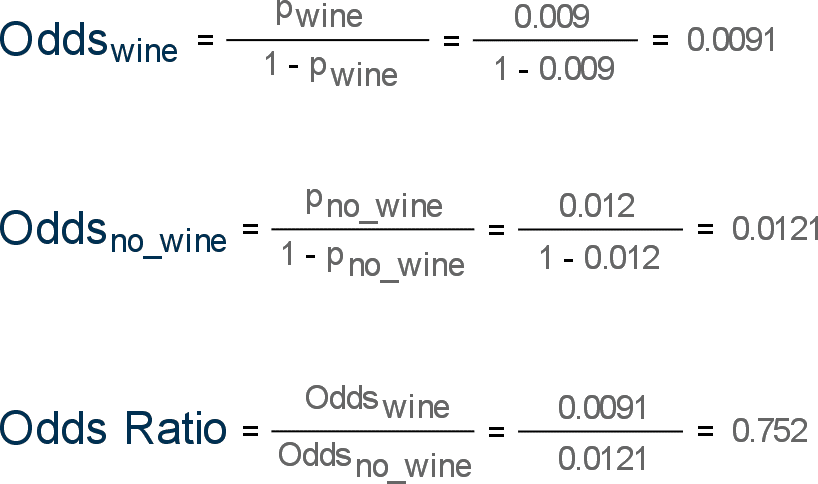



Risk Difference Relative Risk And Odds Ratio Quantifying Health
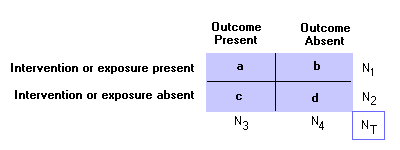



Epidemiology Glossary Physical Diagnosis Skills University Of Washington School Of Medicine
The odds ratio for lettuce was calculated to be 112 How would you interpret the odds ratio? INTRODUCTION Odds ratio (OR) and risk ratio (RR) are two commonly used measures of association reported in research studies In crosssectional studies, the odds ratio is also referred to as the prevalence odds ratio (POR) when prevalent cases are included, and, instead of the RR, the prevalence ratio (PR) is calculatedThe odds ratio functions as an estimate the "true" relative risk, which requires the true incidence data for each group, something which is impossible on
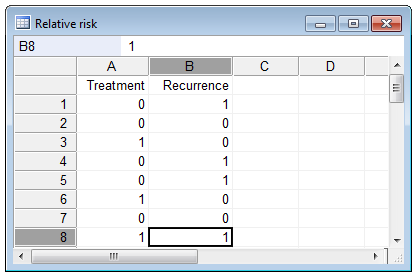



Relative Risk Odds Ratio




Converting An Odds Ratio To A Range Of Plausible Relative Risks For Better Communication Of Research Findings The Bmj
Both the odds ratio and the relative risk compare the relative likelihood of an event occurring between two groups The relative risk is easier to interpret and is consistent with general intuition Some designs, however, allow only for the calculation of the oddsThe odds ratio supports clinical decisions by providing information on the odds of a particular outcome relative to the odds of another outcome In the endocarditis example, the risk (or odds) of dying if treated with the new drug is relative to the risk (odds) of dying if treated with the standard treatment antibiotic protocolRelative risk (and odds ratio) can remain large • As the risk becomes common (> 10%), the OR greatly overestimates the RR • RR and RD are arguably more interpretable than OR, nevertheless the odds ratio is ubiquitous in Public Health and Medicine despite the tendency for people to interpret ORs as if they are RRs



Http Www Floppybunny Org Robin Web Virtualclassroom Stats Basics Part13 Risks Rates Odds Pdf




How To Calculate Odds Ratio And Relative Risk In Excel Statology
RealRisk works with any study which investigates the link between a risk factor or intervention and an outcome of interest, which also reports one of the following a relative risk (RR), hazard ratio (HR), odds ratio (OR) or a percentage change The study can be observational or experimental in design The terminology used can vary – so don't be put off if the terms 'risk factor' and Popular Answers (1) As Lluis's mentioned in his answer, you would use a chisquare to TEST if an association exists On the other hand, you would use an odds ratio, relative risk, hazard rate, etc Odds ratio vs relative risk Odds ratios and relative risks are interpreted in much the same way and if and are much less than and then the odds ratio will be almost the same as the relative risk In some sense the relative risk is a more intuitive measure of effect size




Definition And Calculation Of Odds Ratio Relative Risk Stomp On Step1




Relative Risk Odds Ratios Youtube
See all my videos at https//wwwzstatisticscom/videos/Health Stats IQ playlisthttps//youtubecom/playlist?list=PLTNMv857s9WUI5YsQMW14trmbopjZMWPa000 IntThis is a risk ratio, because it uses cumulative incidence Calculate the odds ratio for injury among machine users (yes!Odds ratios (OR) are commonly reported in the medical literature as the measure of association between exposure and outcome However, it is relative risk that people more intuitively understand as a measure of association Relative risk can be directly determined in a cohort study by calculating a risk ratio (RR)




Relative Risk Vs Odds Ratio Extensive Video Youtube




Relative Risks And Odds Ratios What S The Difference Mdedge Family Medicine
Could someone explain why odds ratios are used in case control studies where as relative risk is used in RCT and cohort studies? Odds ratio is similar to relative risk In the sheepskin trial the relative risk was 058 and the odds ratio was 054 For most clinical trials where the event rate is low, that is less than 10% of all participants have an event, the odds ratio and relative risk can be considered interchangeable Percent increase = (Risk Ratio lower bound – 1) x 100 Percent decrease = (1 – Risk Ratio upper bound) x 100 It's worth stating again when comparing two proportions close to 1 or 0, the risk ratio is usually a better summary than the raw difference Odds Ratios We now turn to odds ratios as yet another way to summarize a 2 x 2 table




Using Odds Ratio In Case Control Studies Youtube Case Control Study Study Research Methods




Relative Risk Odds Ratios Youtube
Relative risk, odds, odds ratio, and others The concept and method of calculation are explained for each of these in simple terms and with the help of examples The interpretation of each is presented in plain English rather than in technical language Clinically useful notes are provided,Relative Risk and Odds Ratio for the obese 3) Overall, you can see that decreasing the baseline incidence will decrease the odds ratio (300 in those who are nonobese versus 129 in those who are obese) Obviously, these results run counter to expected results, putting the onus on the researcher to justify them Similarly, you should findSometimes, we see the log odds ratio instead of the odds ratio The log OR comparing women to men is log(144) = 036 The log OR comparing men to women is log(069) = 036 log OR > 0 increased risk log OR = 0 no difference in risk log OR < 0 decreased risk Odds Ratio 0 5 10 15 More on the Odds Ratio Log Odds Ratio4 2 0 2 4
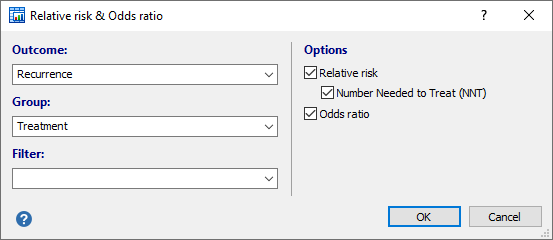



Relative Risk Odds Ratio




What Is An Odds Ratio And How Do I Interpret It Critical Appraisal
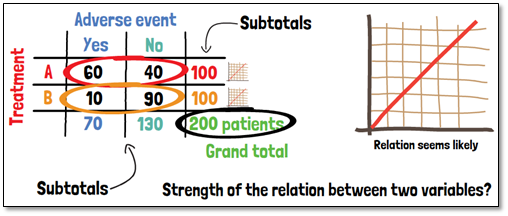



What Are Cross Tables Odds Ratio And The Relative Risk Gcp Service




Odds Ratio Vs Relative Risk Ratio And Why It Matters Youtube




File Risk Ratio Vs Odds Ratio Svg Wikimedia Commons




Relative Risk Odds Ratio And Risk Difference Aka Attributable Risk In R R Tutorial 4 8 Youtube Linear Regression Regression Data Science




Odds Ratios And Risk Ratios Youtube




Odds Ratio Relative Risk Epidemiology Statistics Tutorial Student Evaluate Treatments Youtube
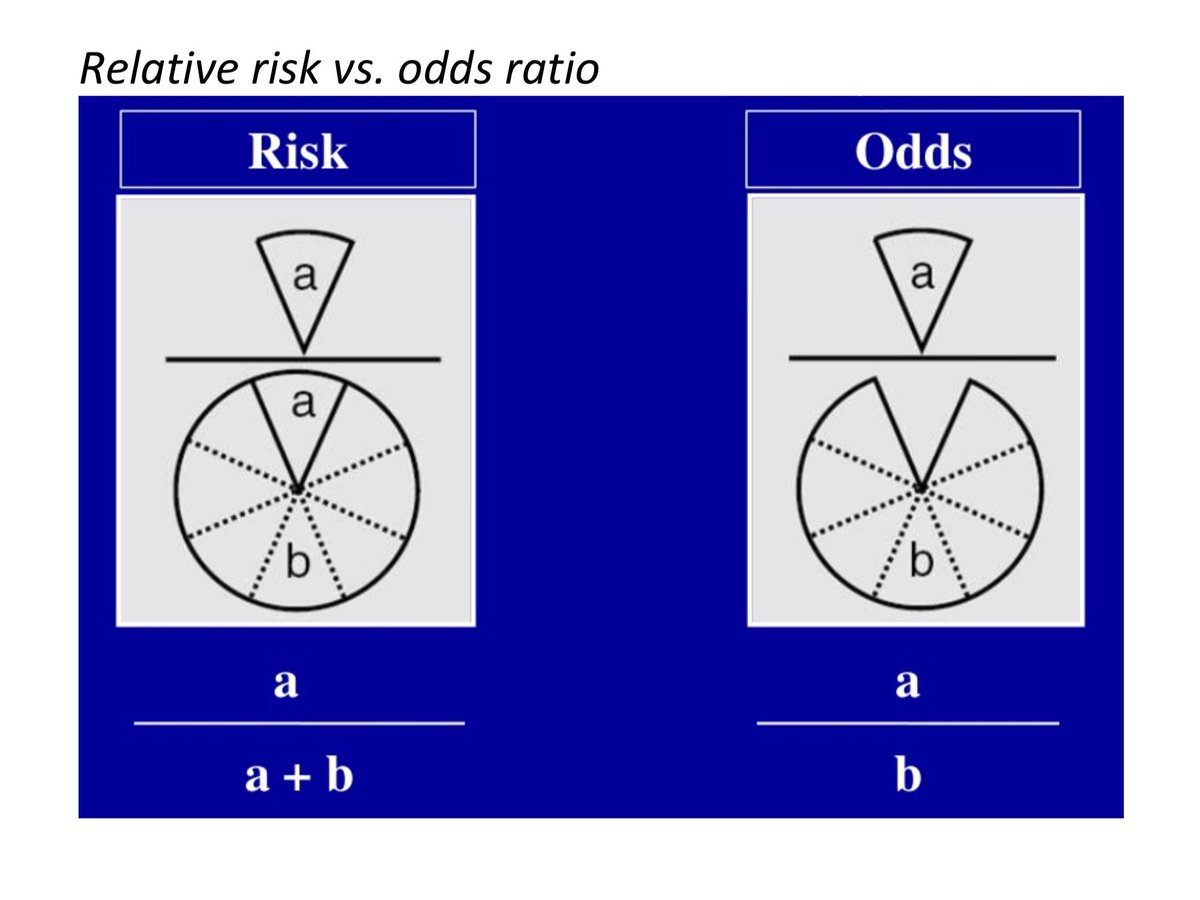



最新 Odds Ratio Vs Relative Risk Usmle ただの悪魔の画像




A Beginner S Guide To Interpreting Odds Ratios Confidence Intervals And P Values Students 4 Best Evidence




Odds Ratio Wikipedia




Cureus What S The Risk Differentiating Risk Ratios Odds Ratios And Hazard Ratios




On Biostatistics And Clinical Trials Odds Ratio And Relative Risk




Nccmt Ure Relative Risk It S Easy To Calculate And Interpret Youtube




Relative Risk Versus Odds Ratio Usmle Biostatistics 4 Youtube




Risk Risk Difference Relative Risk Youtube
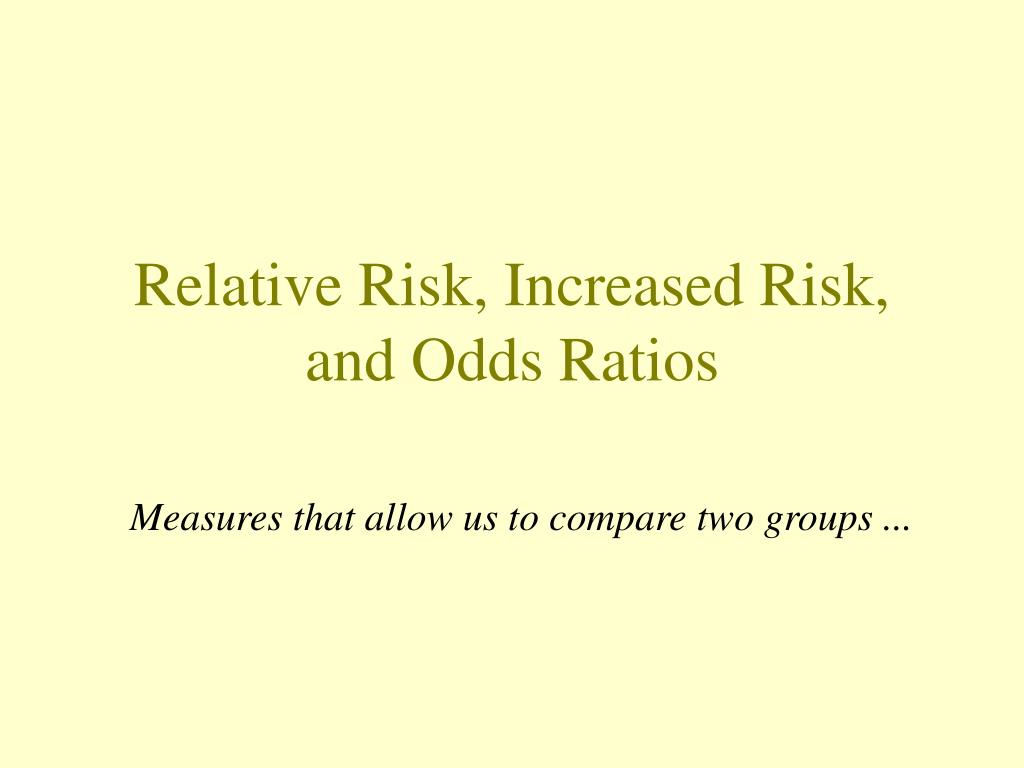



Ppt Relative Risk Increased Risk And Odds Ratios Powerpoint Presentation Id




Risk Risk Difference Relative Risk Youtube




Odds Ratio Relative Risk Risk Difference Statistics Tutorial 30 Marinstatslectures Youtube




What Is An Odds Ratio And How Do I Interpret It Critical Appraisal




Odds Ratios And Risk Ratios Youtube




Relative Risk Odds Ratios Youtube




Relative Risk Vs Odds Ratio Youtube




Relative Risk Wikipedia




Relative Risk Vs Odds Ratio Extensive Video Youtube




Effect Size Odds Ratio Or Vs Relative Risk Rr Youtube




Odds Ratio Relative Risk Risk Difference With R R Tutorial 4 11 Marinstatslectures Youtube




Relative Risk Vs Odds Ratio Extensive Video Youtube




Odds Ratios And Risk Ratios Youtube




Effect Size Odds Ratio Or Vs Relative Risk Rr Youtube




Measures Of Effect Relative Risks Odds Ratios Risk Difference And Number Needed To Treat Kidney International




Pdf When To Use The Odds Ratio Or The Relative Risk Semantic Scholar



How Big Is A Big Odds Ratio Interpreting The Magnitudes Of Odds Ratios In Epidemiological Studies Communications In Statistics Simulation And Computation Vol 39 No 4




How To Interpret And Use A Relative Risk And An Odds Ratio Youtube




Odds Ratios And Risk Ratios Youtube
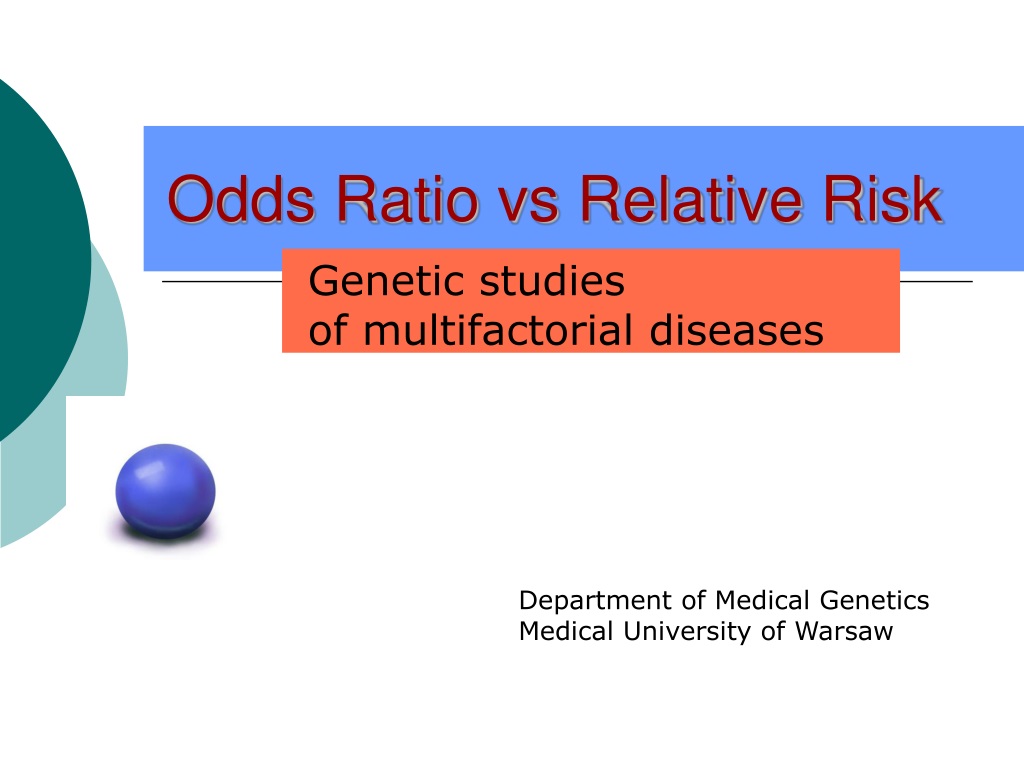



Ppt Odds Ratio Vs Relative Risk Powerpoint Presentation Free Download Id




Nccmt Ure Relative Risk It S Easy To Calculate And Interpret Youtube




Odds Ratios And Risk Ratios Youtube



Interpretation Of Odds Ratio And Fisher S Exact Test By Sergen Cansiz Towards Data Science




When Can Odds Ratios Mislead The Bmj




Relative Risk Versus Odds Ratio Usmle Biostatistics 4 Youtube



1




On Biostatistics And Clinical Trials Odds Ratio And Relative Risk
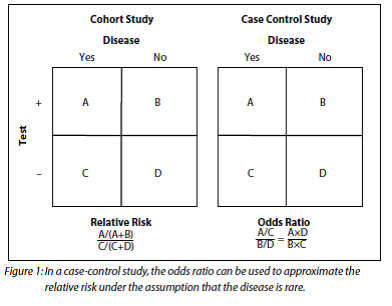



Hazard Ratio Odds Ratio
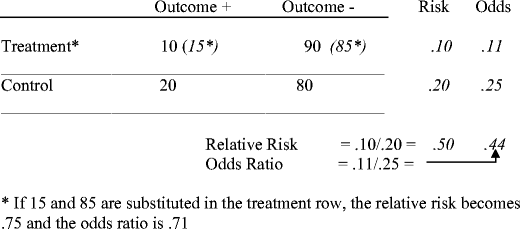



Tips For Teachers Of Evidence Based Medicine Understanding Odds Ratios And Their Relationship To Risk Ratios Springerlink



1




How To Interpret And Use A Relative Risk And An Odds Ratio Youtube




Pdf When To Use The Odds Ratio Or The Relative Risk Semantic Scholar




Interpreting Odds Ratios And Relative Risk Youtube




Odds Ratios And Risk Ratios Youtube




Biostatistics Odd Ratio Vs Relative Risk Youtube



Relative Risk Ratios And Odds Ratios




Odds Ratios And Risk Ratios Youtube




Measures Of Effect Relative Risks Odds Ratios Risk Difference And Number Needed To Treat Kidney International
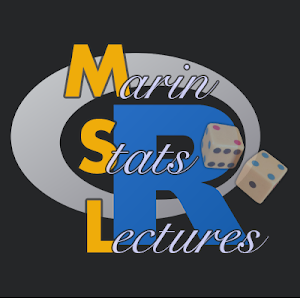



Odds Ratio Relative Risk Risk Difference Statistics Tutorial 30 Marinstatslectures Youtube



What Is The Difference Between The Risk Ratio Rr And The Odds Ratio Or Quora
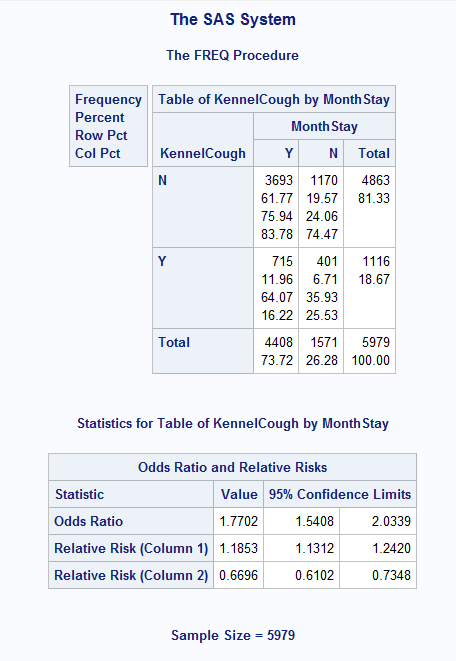



Different Odds Ratio From Proc Freq Proc Logisti Sas Support Communities




Odds Ratio Relative Risk Calculation Definition Probability Odds Youtube




Nccmt Ure Odds Ratios Youtube




Chapter 6 Choosing Effect Measures And Computing Estimates Of Effect Cochrane Training




Cph Exam Review Epidemiology Ppt Download




Using Odds Ratio In Case Control Studies Youtube




Odds Ratio Relative Risk Calculation Definition Probability Odds Youtube




Odds Vs Risk Ratio ただの悪魔の画像




Relative Risk And Odds Ratio




Relative Risk And Odds Ratio Youtube
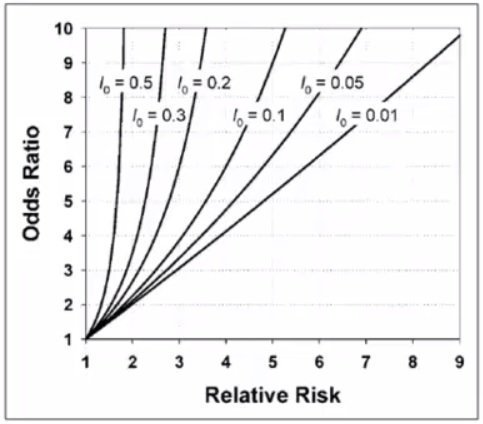



Cecile Janssens A Reminder That Odds Ratios Massively Overestimate Relative Risks When Outcome Is Common In The Population Or By Study Design E G Case Control Studies Io Is Proportion Of Cases




Cph Exam Review Epidemiology Ppt Download



1




Calculation And Interpretation Of Odds Ratio Or And Risk Ratio Rr Youtube




bestpictnjne 人気ダウンロード Odds Ratio Vs Relative Risk When To Use Should I Use Odds Ratio Or Relative Risk




Hazard Ratio Odds Ratio




How To Interpret And Use A Relative Risk And An Odds Ratio Youtube



Risk Differences Odds Ratios And Relative Risks Plots With Proc Freq
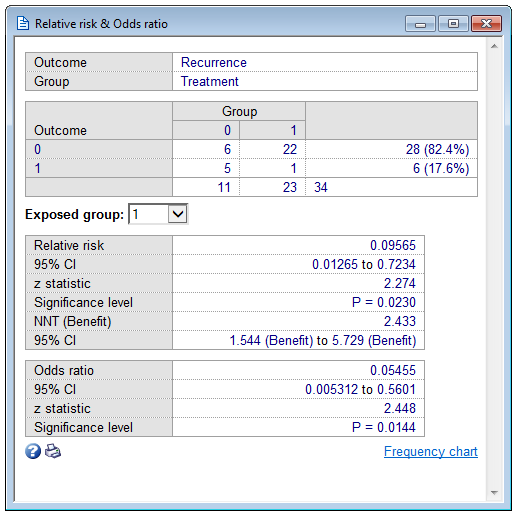



Relative Risk Odds Ratio




Relative Risk Odds Ratios Youtube




Relative Risk Odds Risk Ratio Video Youtube




Relative Risk Odds Ratio And Rate Ratio Youtube



Absolute Risk Vs Relative Risk Vs Odds Ratio Pp Made Easy On Vimeo



1


